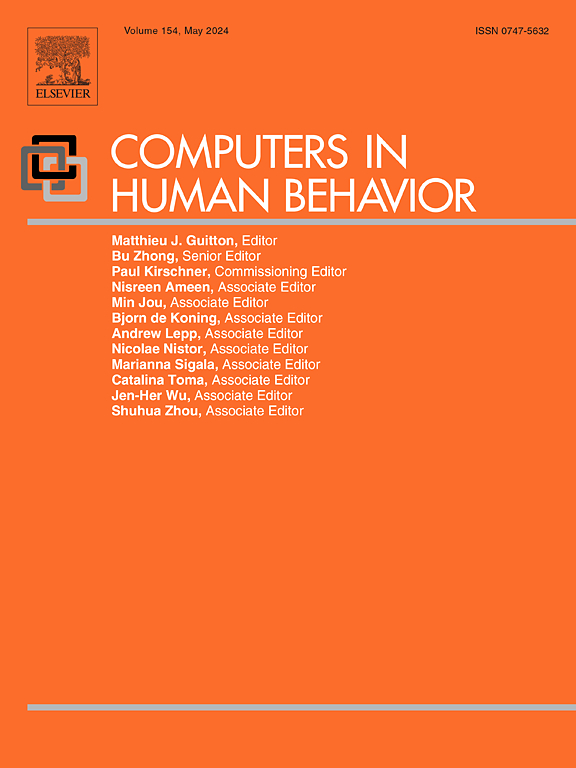The curvilinear effects of relative positions in smartphone app leaderboards on physical activity
IF 9
1区 心理学
Q1 PSYCHOLOGY, EXPERIMENTAL
引用次数: 0
Abstract
To date, the nuanced effects of relative positions in leaderboards on health behaviors remain unclear. This study partly fills this void and aims to examine the effects of relative positions in smartphone app-based leaderboards on users’ physical activity. We propose and test a curvilinear effect in the form of a U shape. In Study 1 (n = 1,585), we use a survey-experimental design to manipulate 16 relative positions and a generalized additive model to test for the curvilinear effects on physical activity intentions. We find that intentions are higher at the top (ranks 1, 2, 3, and 4) and the bottom (85, 86, 87, and 88; 88 is the last rank) compared to upper to upper-mid (10, 19, 25, and 41) and lower to lower-mid (47, 63, 69, and 79) positions in the leaderboard. In Study 2 (n = 126), we use a behavior-experimental design to study changes in actual physical activity after individuals have been informed about their relative position in the leaderboard. Change in hand grip strength is used as an outcome. Again, we find evidence for U-shaped effects: physical activity increases among top-ranked persons (ranks 1 and 2) and bottom-ranked persons (87 and 88; 88 is the last rank) but there is a marginally significant decrease among persons ranked 25 and 69. The findings reveal that both top and bottom (vs. upper or lower mid) ranks in leaderboards may motivate individuals to become more active.
求助全文
约1分钟内获得全文
求助全文
来源期刊

Computers in Human Behavior
Multiple-
CiteScore
19.10
自引率
4.00%
发文量
381
审稿时长
40 days
期刊介绍:
Computers in Human Behavior is a scholarly journal that explores the psychological aspects of computer use. It covers original theoretical works, research reports, literature reviews, and software and book reviews. The journal examines both the use of computers in psychology, psychiatry, and related fields, and the psychological impact of computer use on individuals, groups, and society. Articles discuss topics such as professional practice, training, research, human development, learning, cognition, personality, and social interactions. It focuses on human interactions with computers, considering the computer as a medium through which human behaviors are shaped and expressed. Professionals interested in the psychological aspects of computer use will find this journal valuable, even with limited knowledge of computers.
 求助内容:
求助内容: 应助结果提醒方式:
应助结果提醒方式:


